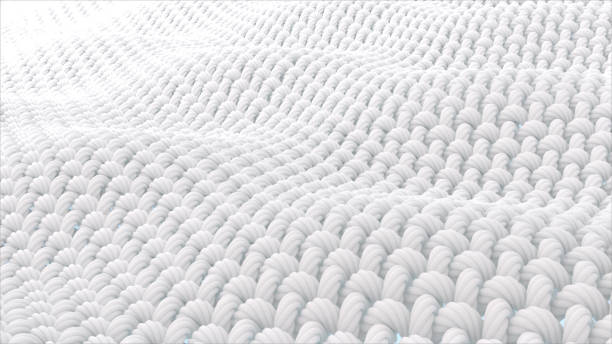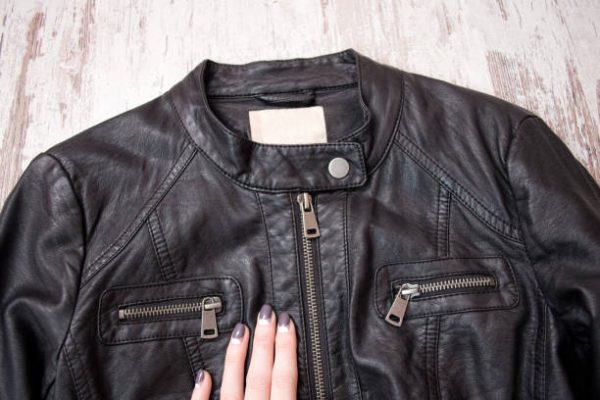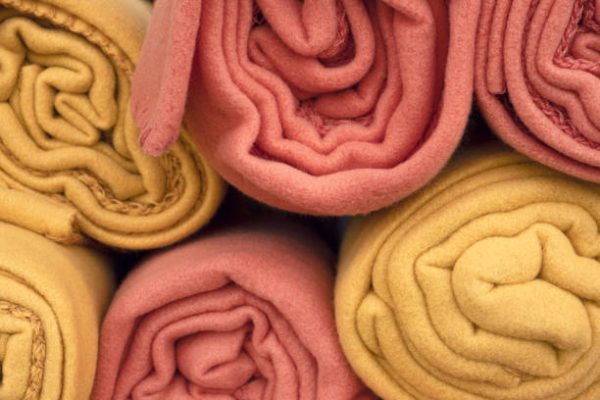As the seasons change from fall to winter, choosing the right fabrics for warmth and comfort is important. The shift in temperature requires a wardrobe that can adapt to the cold without compromising style. In this blog, we’ll explore the best fabrics for fall-to-winter transitions, focusing on fleece, wool, and other materials. We’ll break down the qualities of each fabric and offer examples of how to use them effectively.
Fleece: Lightweight and Warm
Fleece is one of the best fabrics for fall to winter. Made from synthetic fibers like polyester, fleece is soft, lightweight, and warm. It mimics the insulating properties of wool but is lighter and dries faster. This makes fleece ideal for outdoor activities where warmth is a priority, but you don’t want to be weighed down.

Why Fleece Works Well for Transition Weather
Fleece perfectly balances warmth and breathability, making it great for layering. It traps body heat, providing insulation while allowing moisture to escape, keeping you dry. In transitional weather, when it’s cold in the morning but warmer by the afternoon, fleece jackets and pullovers are ideal. They are easy to take off or wear depending on temperature changes.
Example: A fleece-lined jacket is perfect for morning commutes in fall and can be paired with a T-shirt underneath for warmer afternoon weather.
Modern Usage
In recent years, fleece has become a staple in both activewear and casual clothing. Brands like Patagonia have made fleece more fashionable, offering stylish yet functional pieces for outdoor enthusiasts. It’s also popular in urban fashion due to its practicality and versatility.
Wool: Nature’s Best Insulator
Wool is a timeless material, known for its excellent insulating properties. It’s made from the fleece of sheep and other animals like alpacas. Wool retains heat well, even when wet, making it a reliable choice for cold and damp conditions.

Benefits of Wool
Wool’s natural fibers make it breathable and moisture-wicking. It helps regulate body temperature, keeping you warm without overheating. In cold weather, wool sweaters, scarves, and coats are essential for staying warm while looking stylish.
Example: A merino wool sweater provides excellent insulation without the bulk, making it ideal for layering during the fall and winter transition.
Wool in Modern Fashion
Today, wool is widely used in fashion for its durability and luxury feel. Designers often mix wool with other fibers to create modern, lightweight garments. Merino wool, in particular, has become popular because it is softer and less itchy than traditional wool, and it adapts well to both casual and formal clothing.
Wool Blends
To reduce the heaviness of wool, manufacturers blend it with synthetic fibers like nylon or polyester. These blends offer the warmth of wool with added flexibility, making it easier to wear in milder fall conditions. Wool blends are also less likely to shrink and easier to care for than 100% wool garments.
Cotton: Versatile but Limited for Winter
Cotton is a common fabric choice for fall but can be less effective as the weather turns colder. While cotton is breathable and comfortable, it lacks the insulating qualities needed for winter. However, cotton can be useful in layers, especially as a base layer during the fall-to-winter transition.

Using Cotton in Layering
In milder fall conditions, cotton shirts or sweaters can be worn under a heavier jacket or coat. However, cotton doesn’t wick moisture away from the body, so it’s not ideal for outdoor winter activities.
Example: A cotton long-sleeve T-shirt paired with a wool cardigan and jacket can provide comfort in fluctuating temperatures.
Down: Perfect for Cold Days
Down is an incredibly warm material made from the soft feathers of ducks or geese. It’s lightweight yet provides superior insulation, making it perfect for winter. Down jackets are compact but effective in keeping you warm during the coldest months.

The Benefits of Down
Down works by trapping body heat in tiny air pockets between the feathers, creating a thermal barrier. It’s perfect for those who need warmth without added weight. However, down is not water-resistant, so it’s best paired with a waterproof outer layer if worn in wet conditions.
Example: A down jacket is an excellent option for when winter sets in. It’s warm enough for outdoor adventures and light enough for daily wear.
Down Alternatives
In recent years, alternatives like synthetic insulation have gained popularity. These synthetic materials mimic the properties of down but offer better moisture resistance. They are also more affordable and ethical options for those avoiding animal-based products.
Cashmere: Luxury and Warmth Combined
Cashmere, made from the soft undercoat of goats, is a luxurious and warm fabric perfect for cold weather. It’s much softer and lighter than wool, yet it provides excellent insulation. Cashmere scarves, sweaters, and cardigans are often seen as investment pieces due to their quality and feel.

Benefits of Cashmere
Cashmere is incredibly soft and provides warmth without bulk. It’s breathable and moisture-wicking, making it perfect for both fall and winter. While more expensive than other fabrics, cashmere offers unmatched comfort and style.
Example: A cashmere sweater paired with wool trousers makes for a warm yet elegant outfit during the fall-to-winter transition.
Leather: A Stylish Option for Mild Cold
Leather is another fabric that works well in fall, particularly in the form of jackets and boots. While not ideal for extremely cold temperatures, leather offers some insulation and wind resistance. It’s a stylish choice for layering and can be combined with other warm fabrics for a complete look.

Benefits of Leather
Leather is durable and naturally windproof, making it great for outdoor wear. Leather jackets, when lined with materials like shearling or fleece, can provide additional warmth in cooler weather.
Example: A leather jacket layered over a wool sweater is a classic fall-to-winter look that combines style with functionality.
Flannel: Comfortable and Warm
Flannel is a soft, woven fabric often made from cotton or wool. It’s known for its warmth and softness, making it a favorite for cold weather. Flannel shirts and pajamas are popular during the fall and winter months.

Flannel in Layering
Flannel is perfect for layering because it’s warm but not too bulky. It can be worn over a T-shirt in the fall or layered under a heavy coat in the winter.
Example: A flannel shirt worn under a down vest is a classic combination for casual fall days.
Conclusion
When preparing for the fall-to-winter transition, choosing the right fabrics is key to staying warm and comfortable. Best fabrics for fall to winter, like fleece, wool, and down, offer the perfect balance of insulation and style. Layering with these materials ensures that you’re ready for the fluctuating temperatures of both seasons. Whether you prefer the lightweight warmth of fleece or the luxury of cashmere, there are plenty of options to keep you cozy throughout the colder months.
By incorporating a variety of these fabrics into your wardrobe, you can create versatile outfits that work for both fall and winter, all while staying stylish and comfortable.
About IGREEN TEX
IGREEN TEX is a provider of fashion and textile products, offering a wide range of apparel both domestically and internationally. Our commitment to quality ensures that our products not only meet the highest standards but also promote eco-friendly practices.
IGREEN TEX VIETNAM CO LTD
Address: No. 83, A4 Street, Ward 12, Tan Binh Dist, HCMC
Tax code: 0315844409
Email: info@igreentex.com
WhatsApp/Viber/Zalo: +84 938.045.900